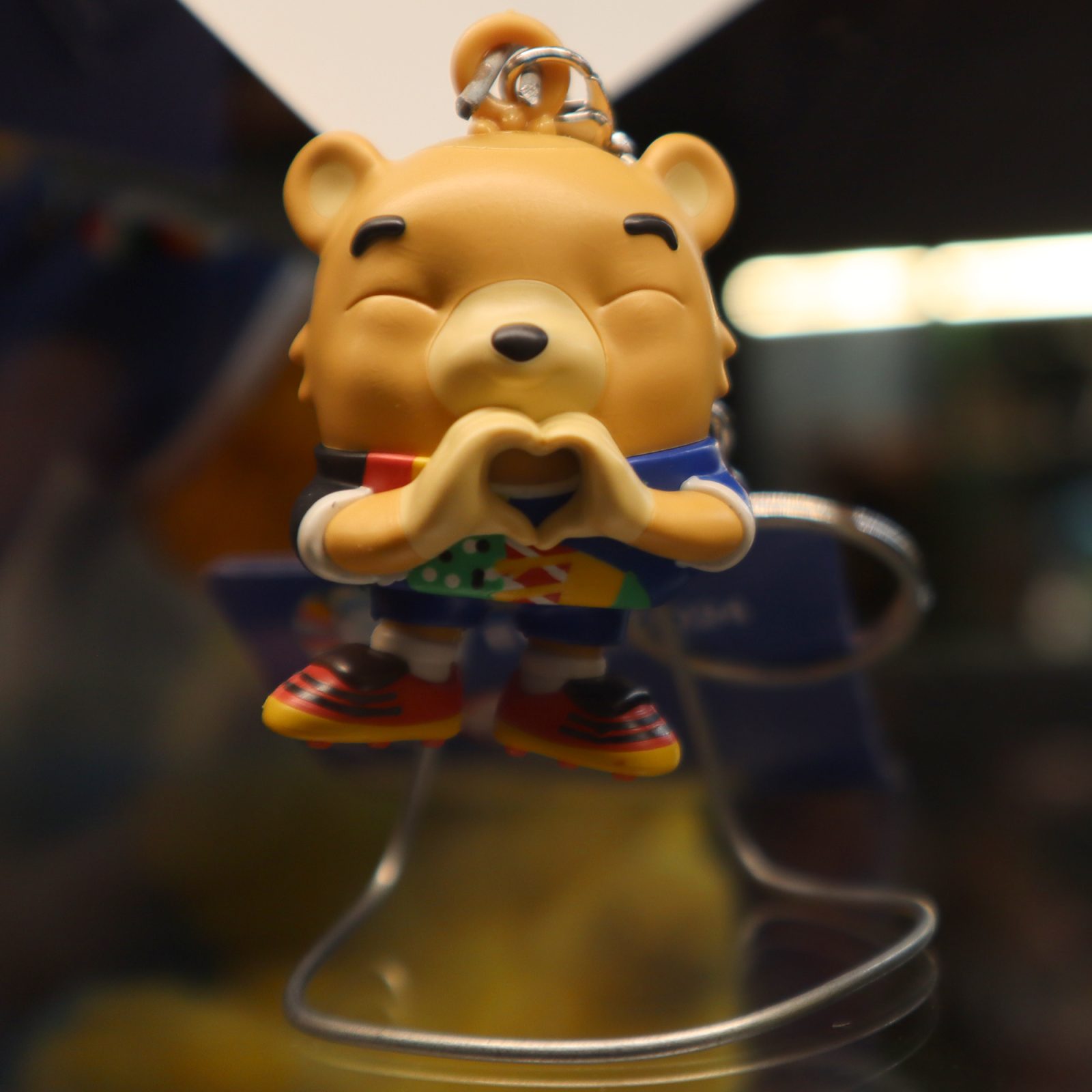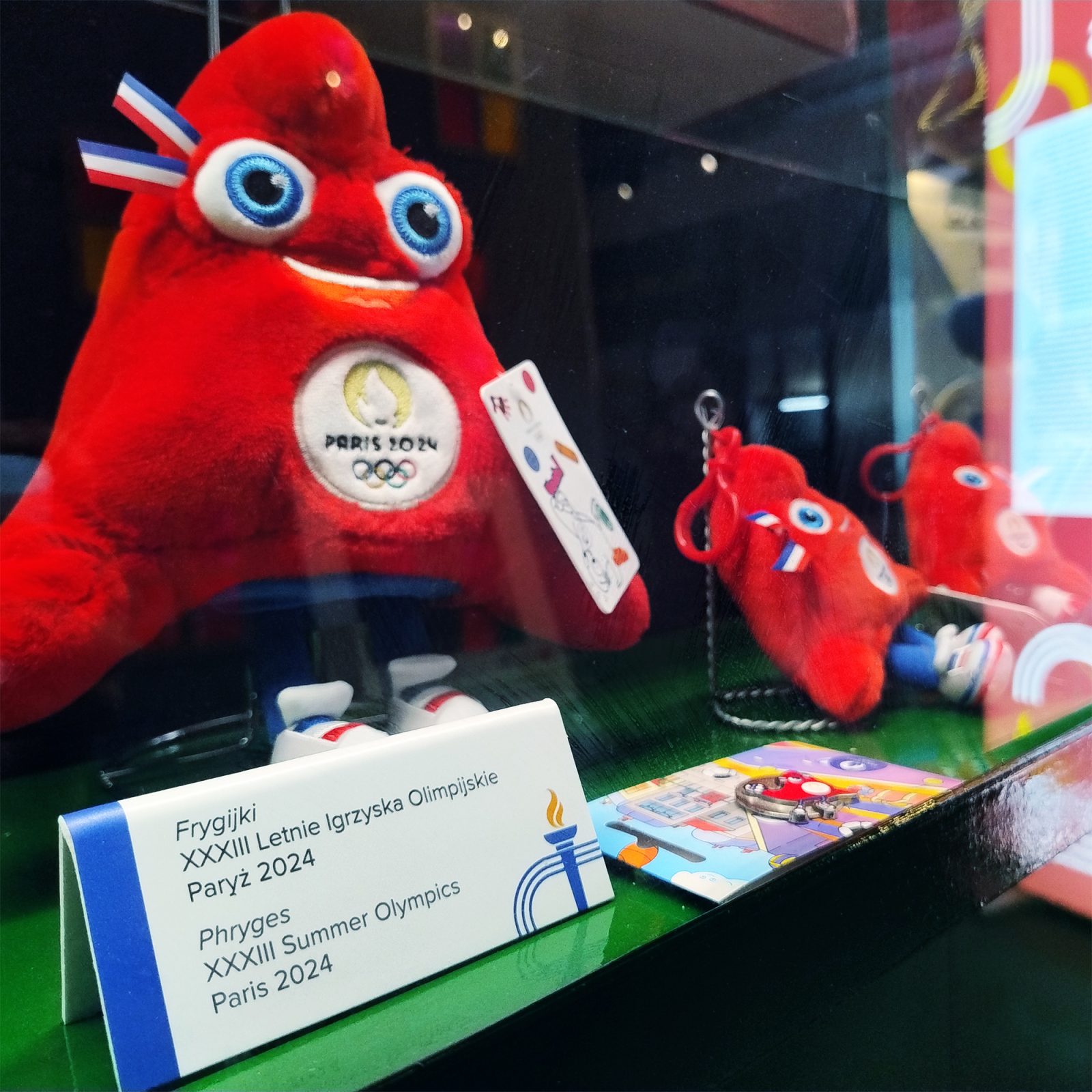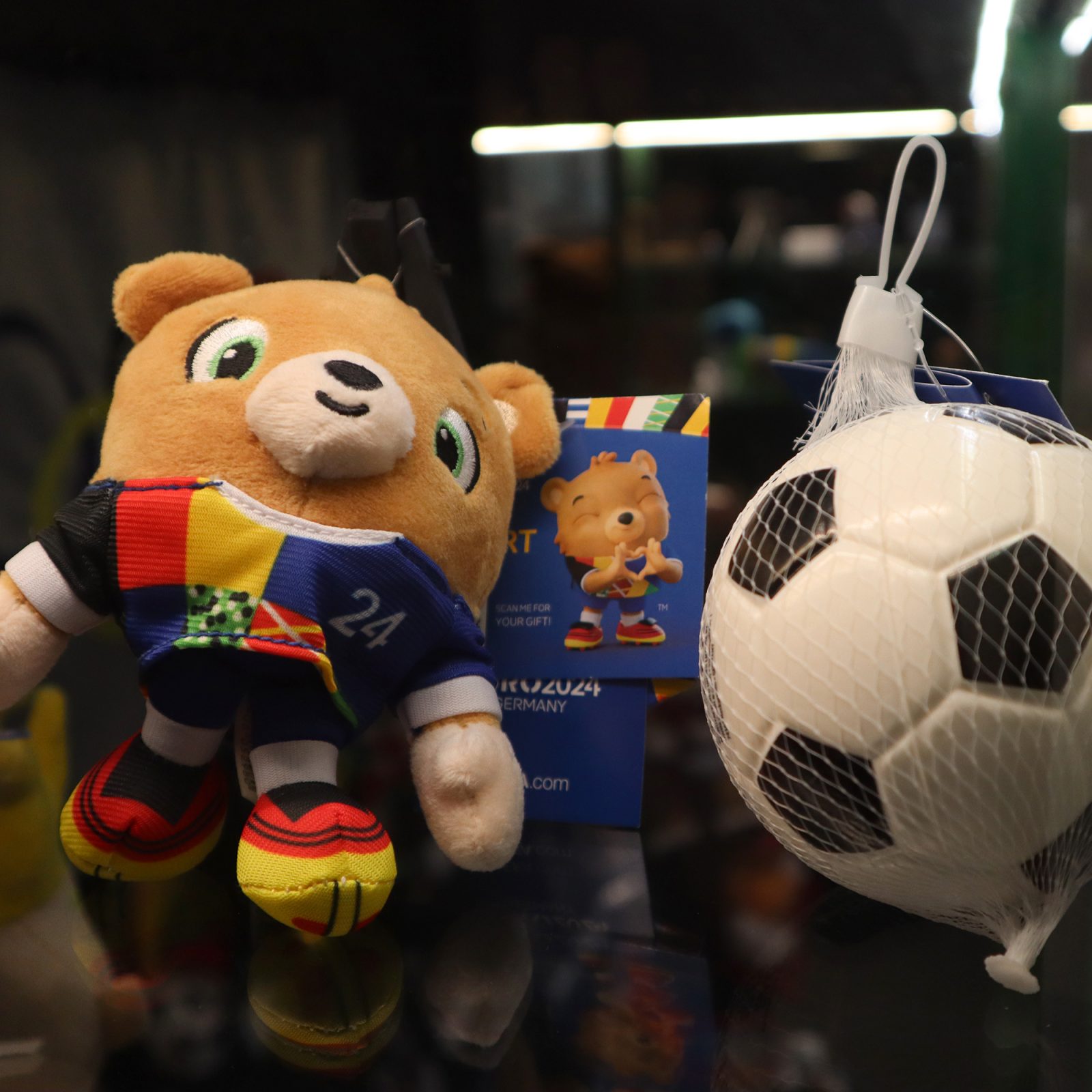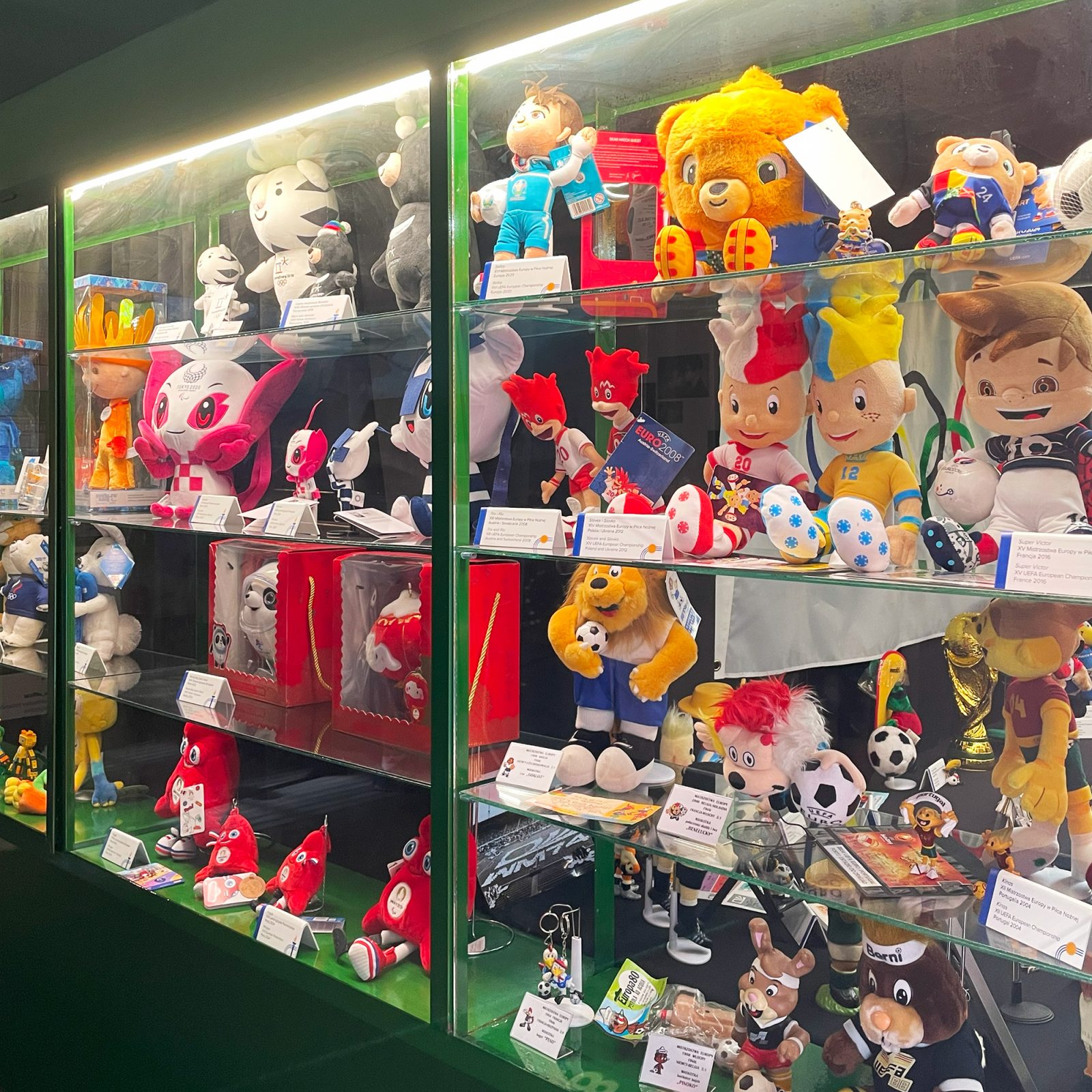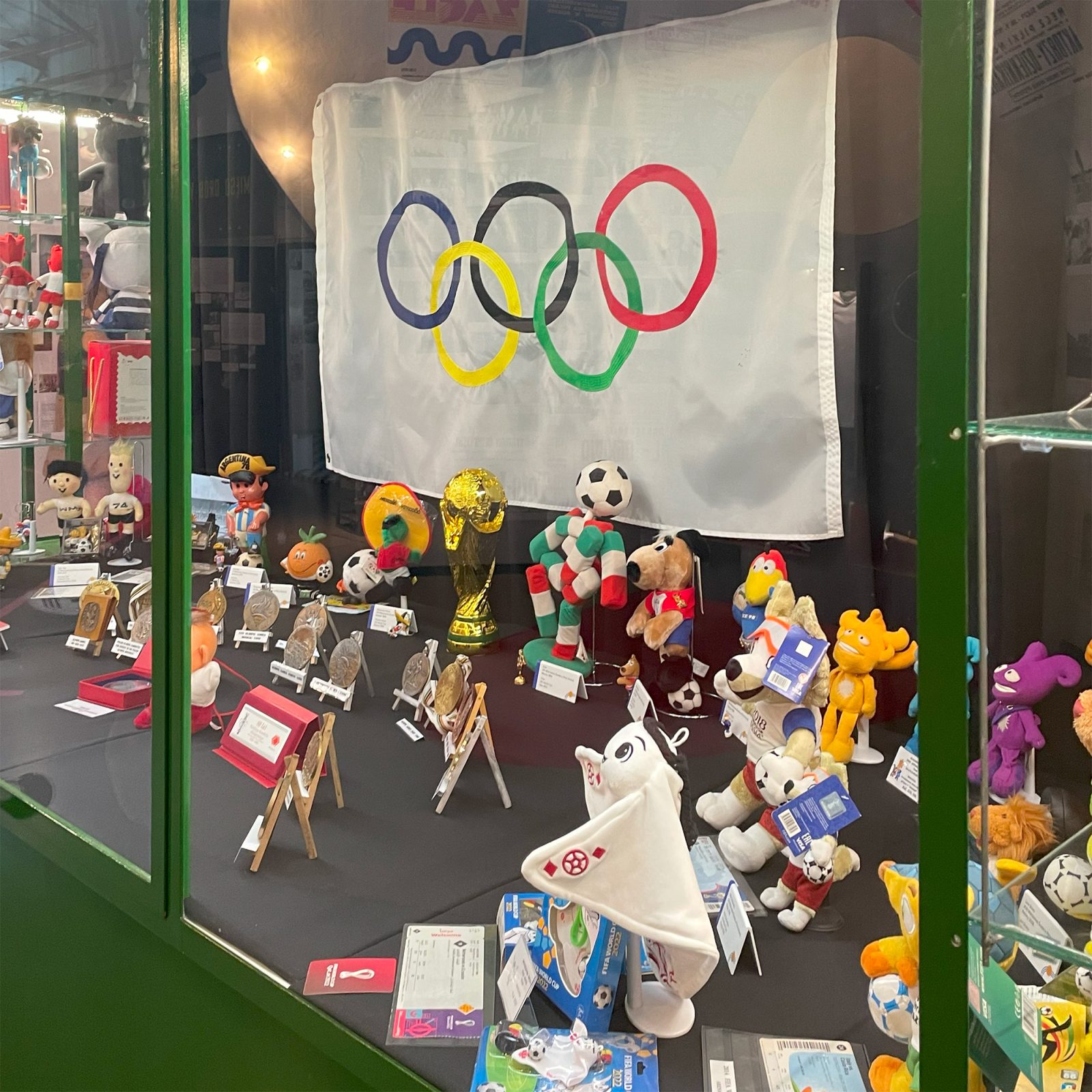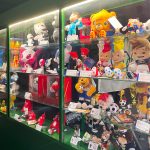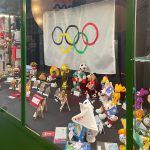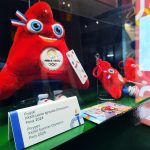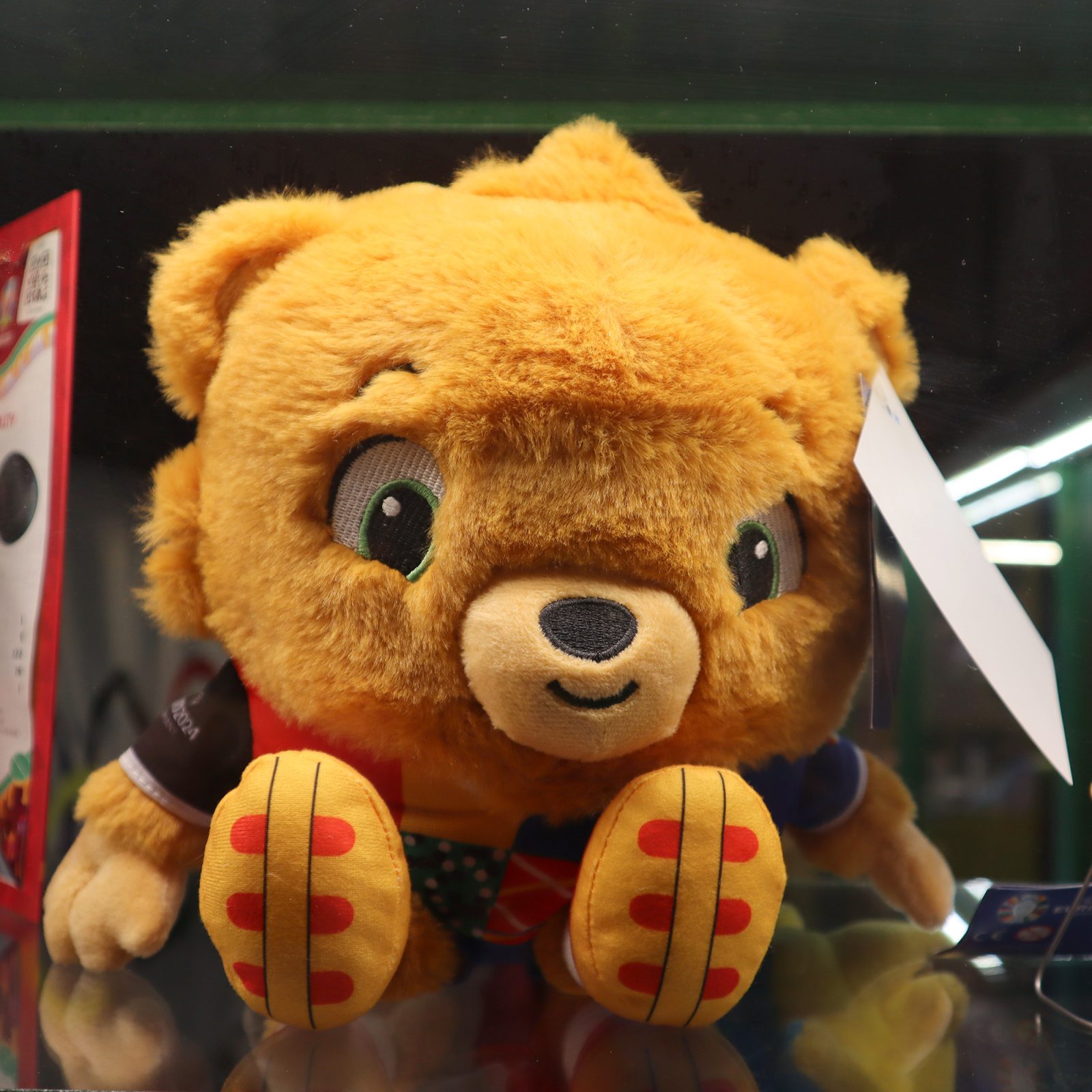
Exhibition of Olympic puppets in Wrocław
The athletes’ competition in Paris is over, but in order to stay in the Olympic spirit, we encourage you to visit the exhibition of Olympic puppets at the Depot History Centre. And not just any mascots – Olympic ones, with interesting descriptions by our scientist.
What do the hairy Canadian Quatchi, the mythical Apollo called Phevos in ancient Greek, and the Chinese lucky doll symbolising water have in common? In this context, it is easy to guess. And what puppet accompanied the athletes and fans at this year’s Summer Olympics in Paris? Not an animal, not a human figure, not a baguette or a croissant… This official mascot was the Phrygian, a conical red men’s cap without a visor, worn by the revolted people during the Great French Revolution. Today, it is one of France’s national symbols, present in culture, art and public spaces. Probably many of you have seen it in the famous painting ‘Liberty leading the people to the barricades’, painted by Eugene Delacroix in 1830.
What characters the Olympic gadgets took on can be seen until 18 August at the Depot History Centre, which invites you to a land full of symbols, sporting and artistic rivalries and… plush! The collection includes puppets of the Olympic Games, World Championships and selected puppets of other sporting events.
The originator of the exhibition and the owner of the presented collection of Olympic and sports puppets is Krzysztof Kowacki, a keen collector, sports enthusiast and – above all – a titled sportsman, handball player of Śląsk Wrocław in 1975-1982 – says Adam Pacześniak, spokesman of the Depot History Centre.
In turn, the author of the texts accompanying the exhibits is Dr Szymon Beniuk of the University of Wrocław. – Behind the seemingly ordinary puppets there are interesting stories – he emphasises. – The sports teddy bears often refer to the heritage of the cities and countries of the organisers. They symbolise the local richness of culture, tradition and flora and fauna – says dr Szymon Beniuk. – Many puppets quickly gained their fans, which translated into their commercial success.
The beaver Amik (IO Montreal 1976), or the beak, collared beast and the cuckoo accompanying the IO in Sydney in 2000 certainly aroused sympathy, but some were controversial. In the exhibition, for example, one can admire the cubist vision of the Pyrenees sheepdog (IO Barcelona 1992), which initially faced criticism from the press, although it eventually appealed to many fans. The Phevos and Athena dolls present at the Athens IO (2004) were accused of profaning the achievements of Hellenic civilisation and Greek values. There was also a buzz about Izzy of Atlanta (1996), an abstract creature whose appearance many people did not like. You can find out all about this in the texts presented in the exhibition by Dr Szymon Beniuk from the Department of the History of Material Culture, in the Historical Institute at the Faculty of Historical and Pedagogical Sciences of the University of Wrocław.
The exhibition ‘Maskotki olimpijskie i sportowe’, available as part of the ticket to the main exhibition, the Depot History Centre, ul. Grabiszyńska 184, will last until 18 August 2024.
Complied by Katarzyna Górowicz-Maćkiewicz
